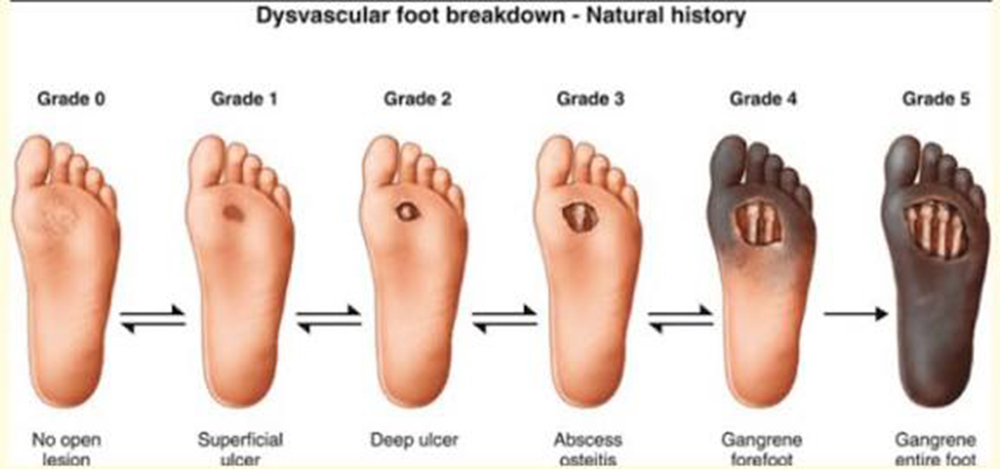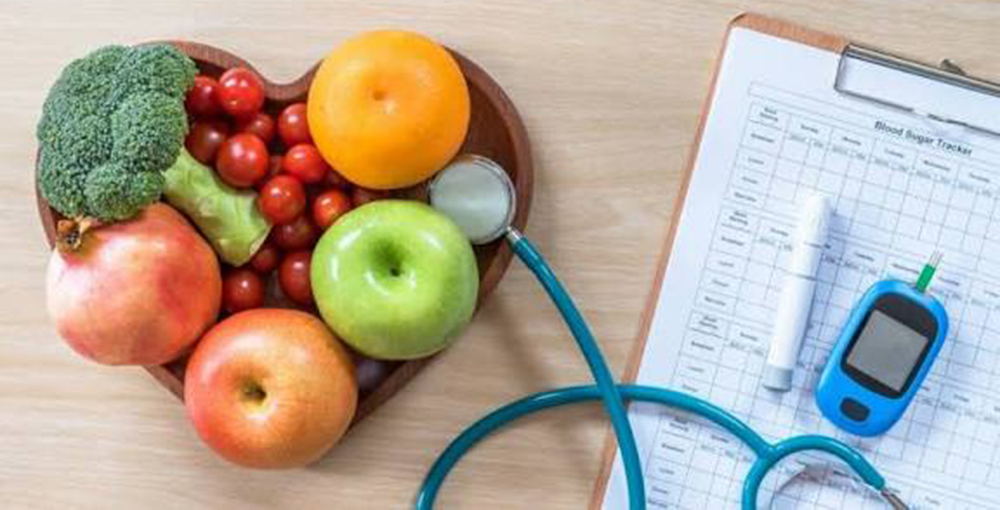
Statement released by the Diabetes Care Division of the Unemployed Siddha Doctors Association, Sri Lanka, in connection with World Diabetes Day – November 14
In today’s fast-paced lifestyle, irregular eating habits, lack of physical activity, and mental stress have led to a rapid increase in the number of people affected by diabetes worldwide. According to medical statistics, one in every ten people is now living with this condition.
From the Siddha medical perspective, diabetes is seen as a disorder caused by an imbalance of the three humors Vatham, Pitham, and Kapham. Therefore, Siddha treatment does not merely focus on lowering blood sugar levels but aims to achieve overall balance and wellbeing of the body, mind, and spirit.
Excessive consumption of sweets and oily foods, late night sleeping habits, and hereditary factors are major causes of diabetes. Common symptoms include excessive thirst, frequent urination, weight loss, and blurred vision.

Siddha medicine offers reliable and natural remedies using herbal formulations to manage diabetes effectively. However, these medicines should always be taken under the guidance of qualified government-registered Siddha physicians.
Siddha treatment for diabetes follows three main stages:
-
Body Purification – using medicines such as Triphala Chooranam and Naval Seed Chooranam.
-
Disease Control – addressing the root causes and correcting internal imbalances.
-
Lifestyle Modification – through yoga, regular walking, and healthy dietary practices.
Recently, Professor Resni Kasim highlighted that diabetic foot ulcers can sometimes be more dangerous than cancer. Following this, our association the Unemployed Siddha Doctors Association of Sri Lanka has urged the authorities to integrate Siddha medicine into national diabetes healthcare programs.
In Siddha medicine, effective external therapies and herbal formulations have been used for centuries to treat diabetic ulcers. These treatments help restore nerve function and blood circulation, supporting complete recovery.
If an environment is created where Siddha physicians can work collaboratively with Western medical practitioners, patients will receive more comprehensive and integrative care.
Currently, around two million people in Sri Lanka are affected by diabetes. Providing Siddha treatment at the early stages can help prevent severe complications such as diabetic ulcers and limb amputations.

Sri Lanka’s network of traditional hospitals including the Borella National Ayurvedic Teaching Hospital, Gampaha Wickramarachchi Ayurveda Teaching Hospital, Kaithady Siddha Teaching Hospital, Koneshapuri Siddha Teaching Hospital, Manchanthoduvai and Nintavur Unani Research Hospitals, Pallekele, Diyatalawa, Anuradhapura Provincial Ayurvedic Hospital, Ratnapura Srimavo Bandaranaike Provincial Ayurvedic Hospital, D.B. Welagedara Provincial Ayurvedic Hospital, Kalmunai, Molligoda, Minneriya, and others are operating effectively.
Additionally, base and rural Ayurvedic hospitals in Ondachchimadam, Kappalthurai, Mathampe, Eravur, Puthukudiyiruppu (Batticaloa and Mullaitivu), Mannar, Vavuniya, Achchuveli, Kilinochchi, Kotmale, Nepat, Veediyagoda, Gopalapuram, Pandatharippu, Kodikamam, Panvila, Nildandahinna, Tholuwa, Narammala, Neththalagamuwa, Warakapola, Ambanpola, Muruthenge, North Matale, Thenna, Kelioya, and Tholuwa also continue to provide essential services.
Through these free Indigenous medical hospitals, operated under local councils across Sri Lanka, the public can access high quality traditional healthcare services at no cost.
However, due to a lack of awareness, many people are still unable to fully benefit from these valuable healthcare opportunities.
Dr. V. Piraveen
Diabetes Care Division
Unemployed Siddha Doctors Association – Sri Lanka
If you’re looking for more information, contact Dr Piraveen 075 201 3627
